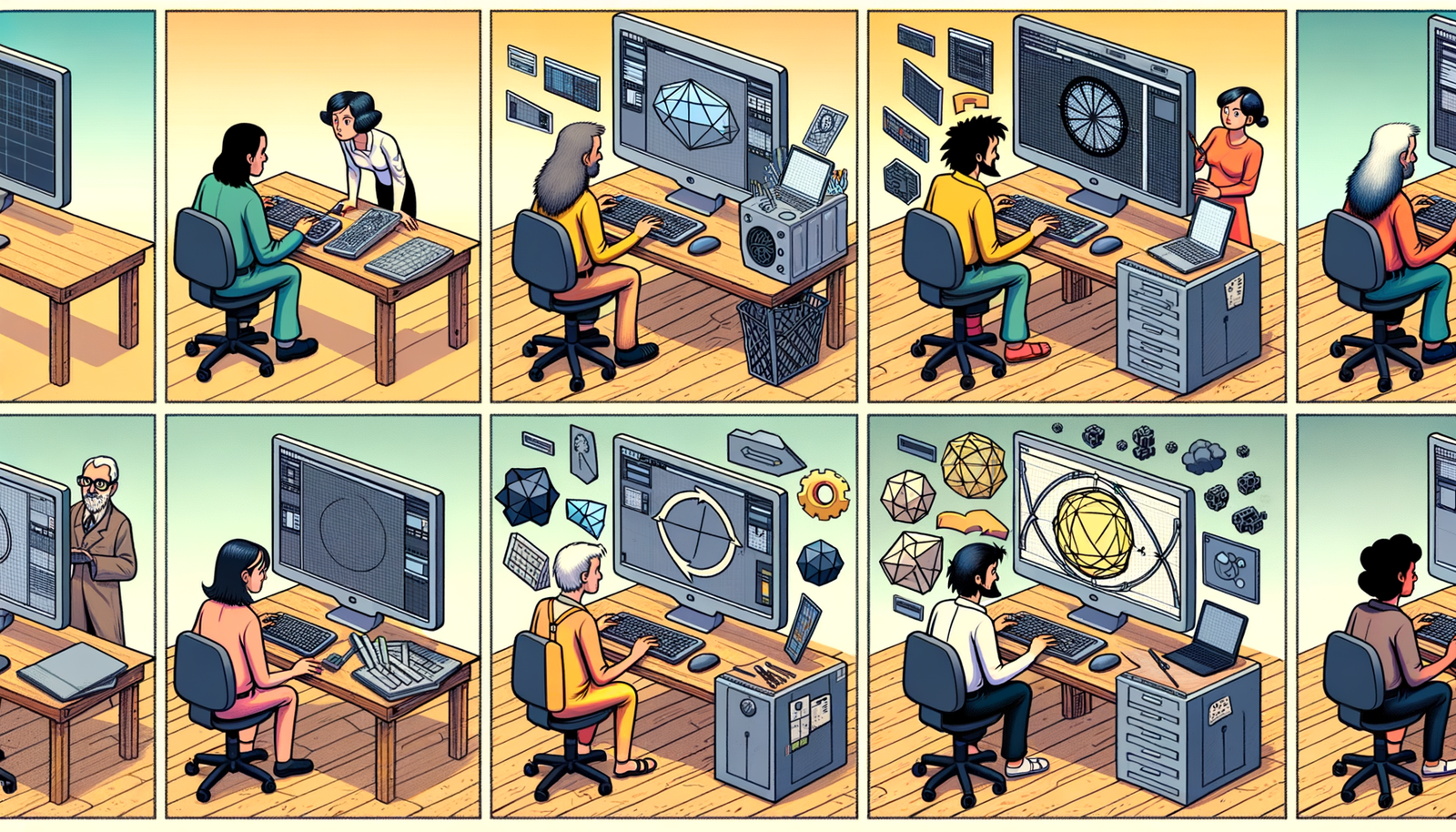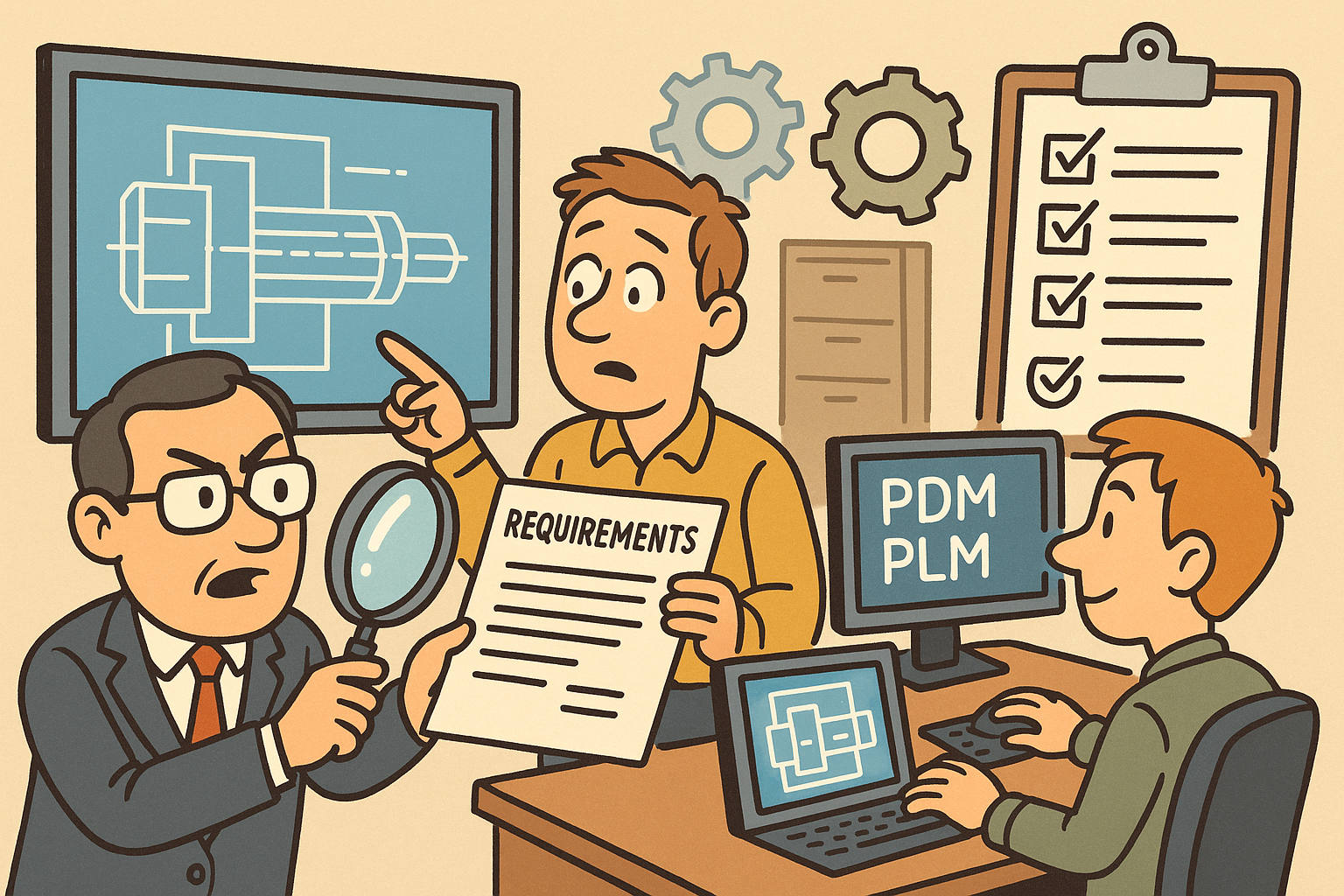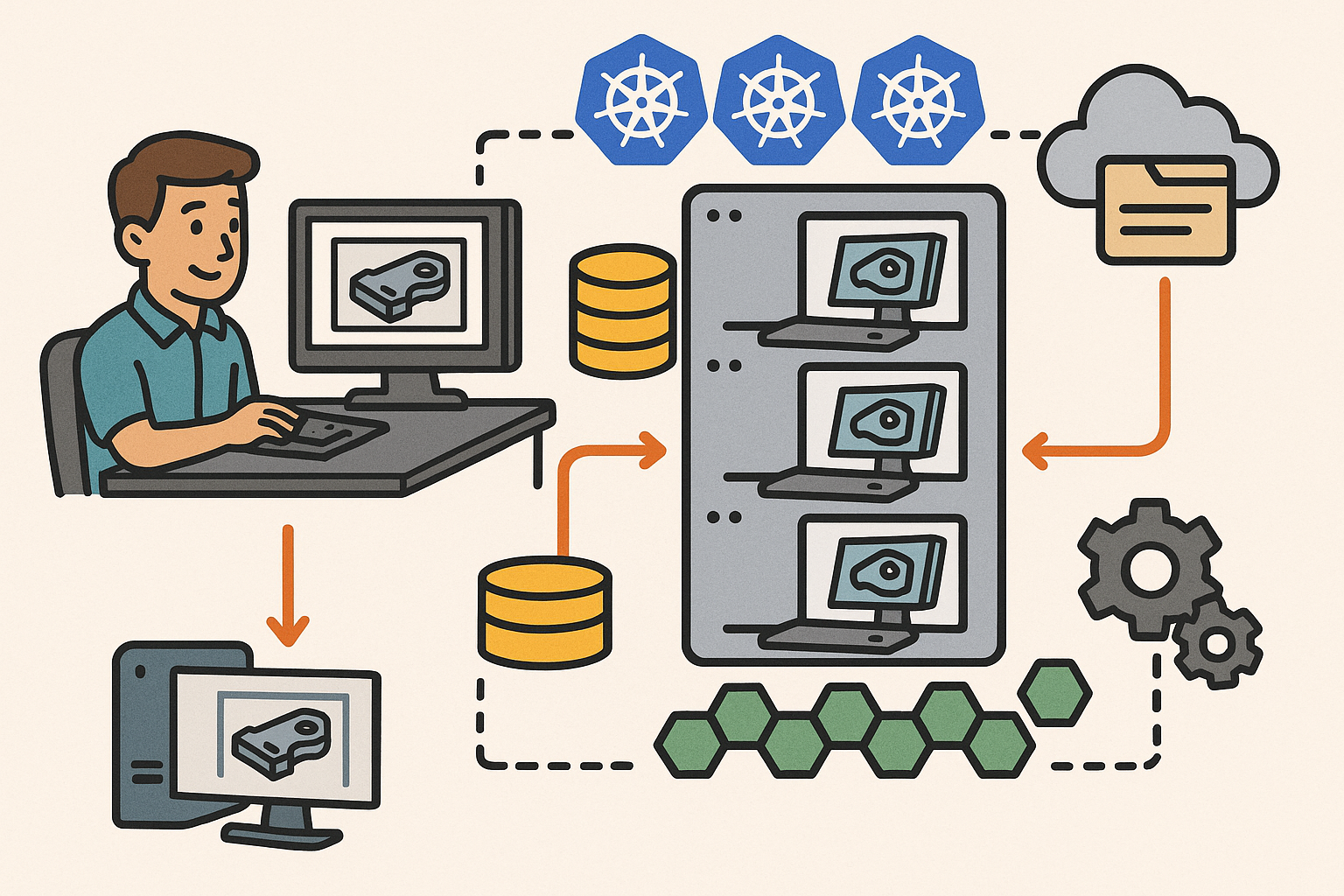Your Cart is Empty
Customer Testimonials
-
"Great customer service. The folks at Novedge were super helpful in navigating a somewhat complicated order including software upgrades and serial numbers in various stages of inactivity. They were friendly and helpful throughout the process.."
Ruben Ruckmark
"Quick & very helpful. We have been using Novedge for years and are very happy with their quick service when we need to make a purchase and excellent support resolving any issues."
Will Woodson
"Scott is the best. He reminds me about subscriptions dates, guides me in the correct direction for updates. He always responds promptly to me. He is literally the reason I continue to work with Novedge and will do so in the future."
Edward Mchugh
"Calvin Lok is “the man”. After my purchase of Sketchup 2021, he called me and provided step-by-step instructions to ease me through difficulties I was having with the setup of my new software."
Mike Borzage
Design Software History: The Evolution of FreeCAD: Pioneering Open-Source CAD and Democratizing Design
November 10, 2024 5 min read


Introduction
The rise of open-source CAD software marks a significant shift in the design landscape, challenging the dominance of proprietary systems and democratizing access to powerful design tools. This movement resonates with the broader trend of open-source initiatives reshaping various technological fields by fostering collaboration, transparency, and community engagement. Among the forefront of this revolution stands FreeCAD, an open-source parametric 3D modeler whose core mission is to provide accessible design tools to the community. FreeCAD represents not just a software application but an embodiment of the open-source philosophy in the realm of computer-aided design (CAD), emphasizing inclusivity and the collective advancement of technology. The importance of these open-source movements lies in their potential to democratize technology and design processes, enabling individuals and organizations of all sizes to participate in innovation without the barriers imposed by costly proprietary software.
The Origins and Development of FreeCAD
FreeCAD's journey began in 2001 when German developers Jürgen Riegel and Werner Mayer, together with Brazilian developer Yorik van Havre, envisioned a free and open-source alternative to the expensive and restrictive proprietary CAD software dominating the industry. The initial release of FreeCAD came in October 2002, offering a basic foundation upon which the software would evolve. The founders drew inspiration from other open-source projects like Blender and Linux, aiming to create a CAD system that was both powerful and accessible. Over the years, FreeCAD has experienced significant evolution in its features and functionalities. One pivotal development was the introduction of parametric modeling capabilities, which revolutionized how users interacted with their designs. Parametric modeling allows designers to modify design parameters and automatically update the model accordingly, greatly enhancing efficiency and flexibility. This feature positioned FreeCAD as a serious contender in fields requiring precise and adaptable design work, such as engineering and architecture. User interface improvements have also been a focal point in FreeCAD's development. Acknowledging that usability is critical for adoption, the development team incorporated feedback mechanisms to engage with the user community actively. Through platforms like the FreeCAD Forum and GitHub, users could suggest enhancements, report bugs, and contribute code. This collaborative approach led to significant refinements in the software's interface, making it more intuitive and user-friendly. For example, the introduction of workbenches tailored to specific tasks, such as Part Design and Arch Workbench, streamlined user workflows. When compared to traditional proprietary CAD software like AutoCAD by Autodesk and SOLIDWORKS by Dassault Systèmes, FreeCAD offers a stark contrast in terms of accessibility and cost. Proprietary software often involves steep licensing fees, annual subscriptions, and restrictive user agreements, creating substantial barriers to entry, especially for students, hobbyists, and small enterprises. FreeCAD eliminates these barriers by being free to use, modify, and distribute. Moreover, while proprietary software companies maintain tight control over their development cycles and feature sets, FreeCAD's open-source nature encourages community contributions, leading to rapid innovation and adaptation to user needs.
The Growing Community and Collaborative Efforts
The expansion of FreeCAD is intrinsically linked to its growing community and collaborative efforts. The community plays a critical role in the software's development, enrichment, and dissemination. Users and developers engage through various channels, notably:
- User Forums: Platforms where users discuss features, share tips, and provide support to one another, fostering a collaborative learning environment.
- GitHub Repositories: Central hubs for code contributions, issue tracking, and project management, allowing for transparent and collective development efforts.
- Documentation Wikis: Community-maintained resources that offer comprehensive guides, tutorials, and reference materials to assist users of all levels.
Challenges and Future of Open-Source CAD
Despite its achievements, FreeCAD faces challenges that are common to many open-source projects. One of the foremost challenges is funding and sustainability. Open-source projects often rely on donations, sponsorships, and volunteer contributions, which can lead to uneven development progress and resource constraints. Unlike proprietary software companies with dedicated funding and revenue streams, FreeCAD must find ways to incentivize contributions and ensure consistent development efforts. Competition with proprietary software remains a persistent challenge. Companies like Autodesk and Dassault Systèmes have substantial resources to invest in research and development, enabling them to introduce cutting-edge features and maintain a competitive edge. Additionally, they offer integrated ecosystems with support services, training, and certification programs, which can be attractive to professional users and enterprises. FreeCAD must continuously innovate to keep pace, which requires not only technical development but also community growth and engagement. Looking to the future, trends in open-source software development offer opportunities for FreeCAD and similar projects. There is potential for integration with other open-source platforms and collaboration tools, which could enhance functionality and user experience. For example:
- Interoperability with Blender: Enhancing data exchange between FreeCAD and Blender could create a powerful toolchain for both precise engineering models and high-quality visualizations.
- Cloud Computing Integration: Leveraging cloud platforms like Nextcloud could facilitate collaborative design, version control, and remote access to projects.
- Adoption of Emerging Technologies: Incorporating advancements in Artificial Intelligence and Machine Learning to automate routine tasks, optimize designs, and provide intelligent design assistance.
Conclusion
In summary, FreeCAD has made a substantial impact on the design industry by embodying the open-source philosophy and challenging the norms established by proprietary software giants. Its journey reflects the potential of community-driven projects to innovate and adapt rapidly, addressing the needs of a diverse user base. FreeCAD's emphasis on accessibility and collaboration has not only democratized design tools but also inspired a culture of shared knowledge and collective problem-solving. The future holds significant potential for open-source CAD tools to inspire further innovations in design and accessibility. As technology continues to evolve, embracing open-source solutions becomes increasingly important for fostering inclusivity and broadening participation in technological advancement. FreeCAD serves as a testament to what can be achieved when communities come together to create tools that are free from the constraints of traditional business models. To continue this momentum, it is essential for designers and developers to contribute to and embrace open-source solutions. By participating in projects like FreeCAD, individuals can develop their skills, influence the direction of the software, and be part of a global movement towards more inclusive and collaborative design practices. In doing so, we can collectively build a design environment that is not only technically advanced but also equitable and accessible to all.
Also in Design News

Design Software History: Traceability as a Product Requirement: How Compliance Remade CAD, PDM, and PLM
December 17, 2025 10 min read
Read More
Cinema 4D Tip: Cinema 4D Pose Morph Workflow for Blend Shapes and Corrective Deformations
December 17, 2025 2 min read
Read MoreSubscribe
Sign up to get the latest on sales, new releases and more …



